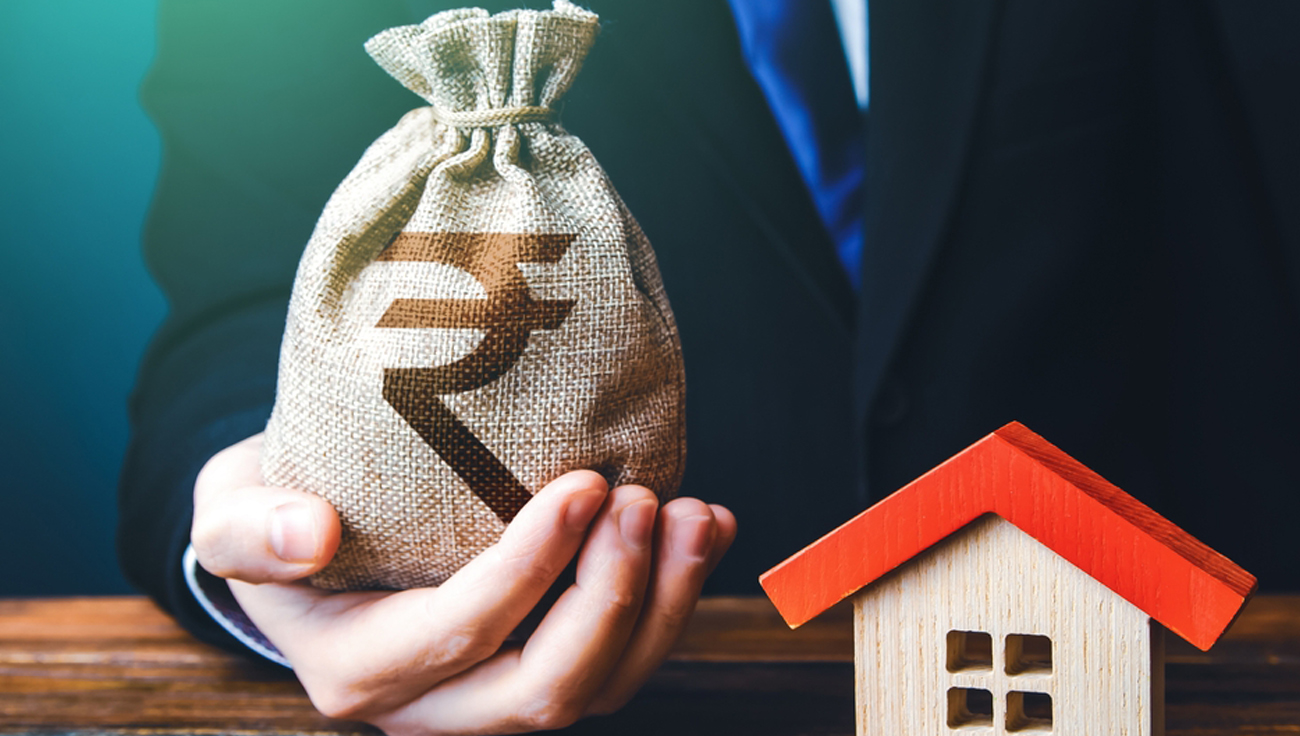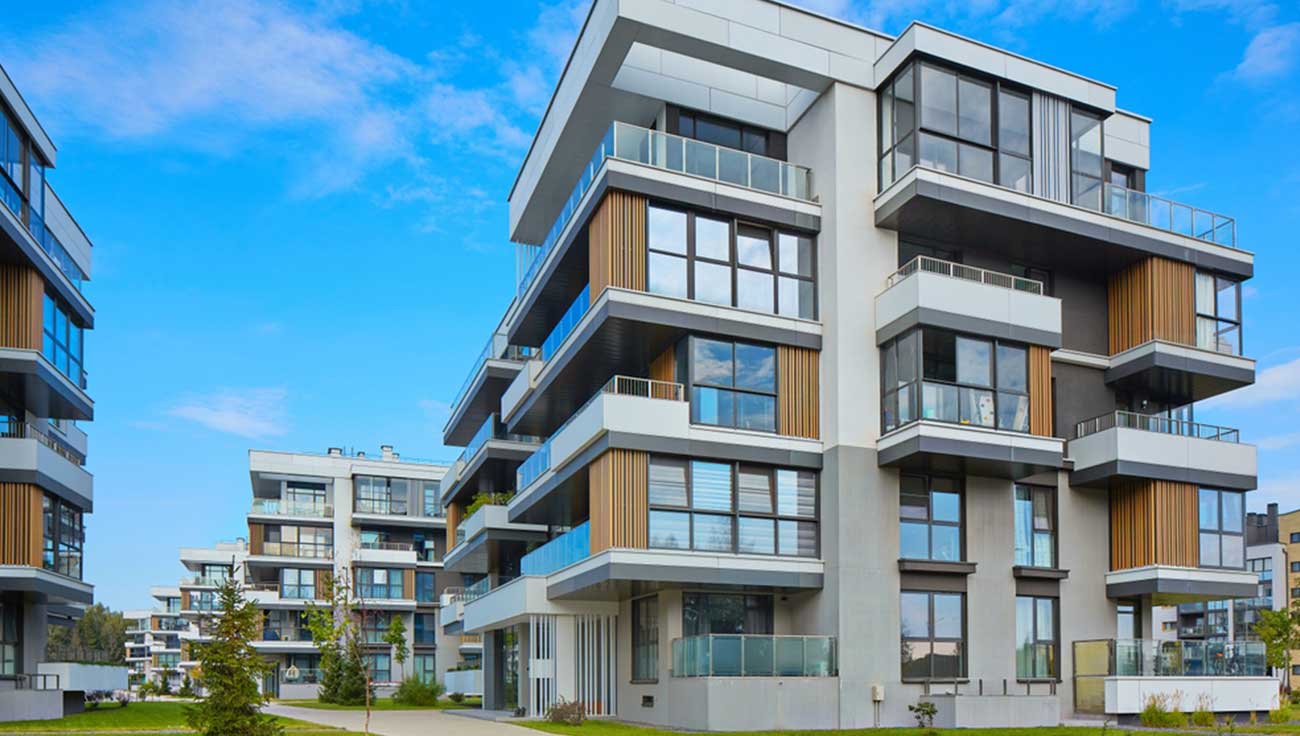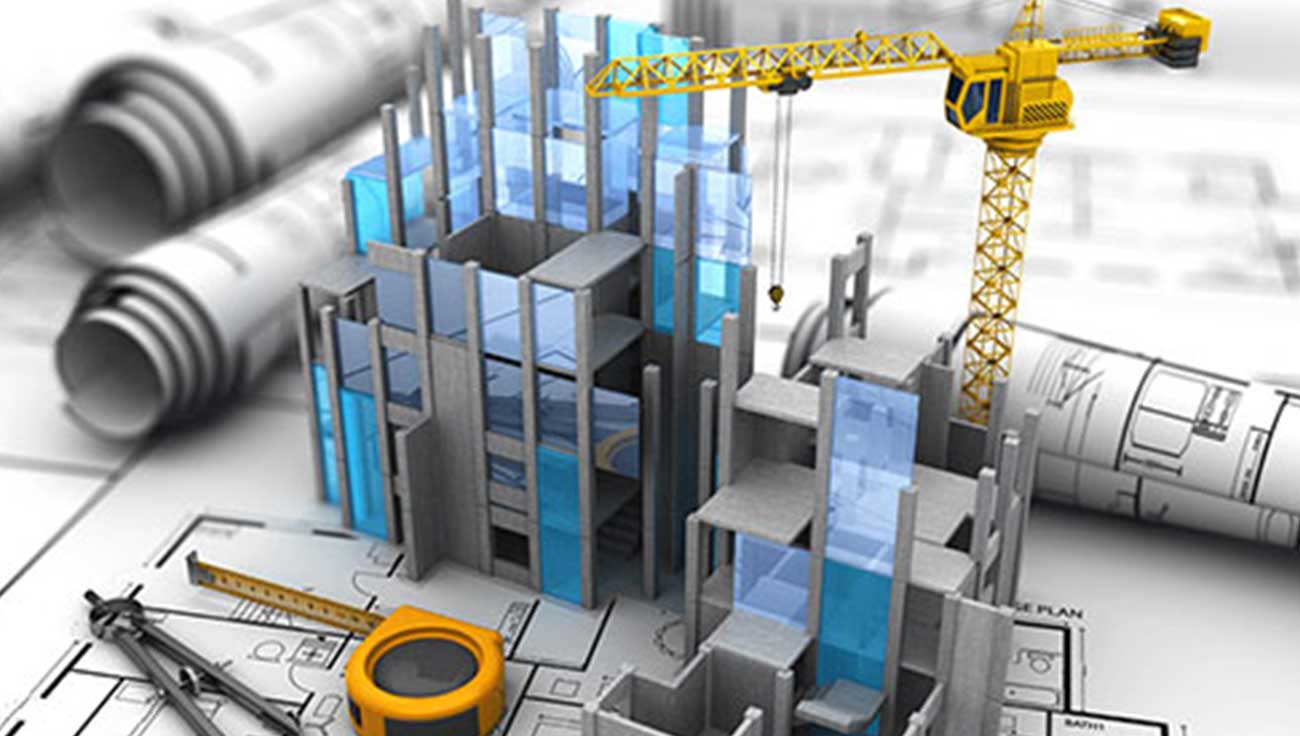Creativity is Key To
Successful Real Estate Development
If you are a home owner or a tenant, then AZ is the right partner for you. We are one the fastest growing real estate development, property management, construction company globally with a head office in Alkhobar, Kingdom of Saudi Arabia amongst offices and incorporations in London, United Kingdom and in Manama, Kingdom of Bahrain.
We aim to provide hassle free services to clients and property management experiences to owners. Our goal is to maximize returns of real estate assets through professional services and management.
The experts in local and international property
Local and international property markets offer diverse opportunities for both investors and homeowners
Creativity is Key To Successful Real Estate Development
If you are a home owner or a tenant, then AZ is the right partner for you. We are one the fastest growing real estate development, property management, construction company globally with a head office in Alkhobar, Kingdom of Saudi Arabia amongst offices and incorporations in London, United Kingdom and in Manama, Kingdom of Bahrain.
AZ Constructions
We undertake services such as land purchase and acquisition, general contracting and construction (construction, demolition, renovation, repair, electrical work, industrial, mechanical, electronic, water works, sanitation, gardening etc.), negotiations and documentation such as deeds, project planning, architectural design, construction, and complete project management for both residential and commercial purposes. We also carry out market surveys, competitor analysis, and feasibility studies. Below are our detailed construction services:
Easy Way to Find a Perfect Property
Best cleaning services helping customers worldwide.

Renting and Leasing Administration
With more than 2,000 units of residential villas, apartments, and commercial property portfolios internationally. We offer unique renting and leasing services, which will not only be cost efficient for owners, but also gives them peace of mind and optimizes their investment by allowing it to reach its maximum potential.

Contract Management
We provide a service to manage existing contracts and evaluate their performance. Additionally, we draft, review, negotiate, and execute contracts with advice from legal counsel for example rental/lease agreements and sales/purchasing agreements, review contractual performance, renewal and amendment of contracts, liaising with legal representatives or legal counsel to manage compliance.

Collection & Payment Services
We enforce the rent collections cycle for monthly, half yearly, and annual as per agreements to avoid delays and defaults. We then deposit funds or repayments to our client accounts.

Inspection/Valuation of properties reports
We complete periodic exterior and interior inspections for every property we manage, also annual comprehensive inspections to check and make sure that the residents are abiding by rental and lease terms and that there is no serious damage to the property.
AZ Constructions
We undertake services such as land purchase and acquisition, general contracting and construction (construction, demolition, renovation, repair, electrical work, industrial, mechanical, electronic, water works, sanitation, gardening etc.), negotiations and documentation such as deeds, project planning, architectural design, construction, and complete project management for both residential and commercial purposes. We also carry out market surveys, competitor analysis, and feasibility studies. Below are our detailed construction services:

Installation/Erection
Bidding Stage Support
Precast Support
Real Estate Development
We’d like to tell you more about our services, call or mail us.
Su – Th: 08am – 05pm
Fr– Sa: Closed





